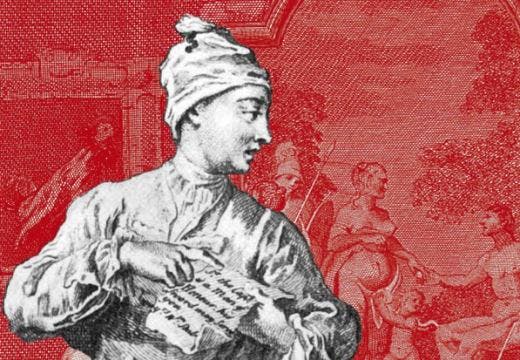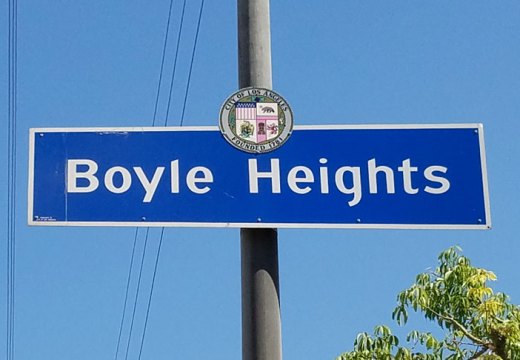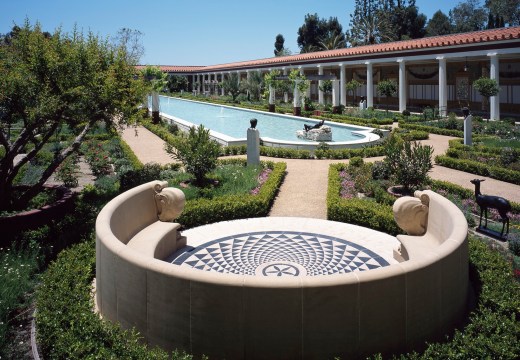Introducing Rakewell, Apollo’s wandering eye on the art world. Look out for regular posts taking a rakish perspective on art and museum stories.
An exhibition at the Human Resources gallery, Los Angeles, leaves a lot to the imagination. Entitled ‘Not All There’, the show is apparently designed as a platform for ‘local and international artists who use humor to explore serious social and political issues’ in their work. But, as the gallery literature explains, there’s a catch: ‘None of the artworks [are] present.’
Instead, visiting the exhibition involves a guided tour through a series of ‘voids’ in which the absent works of art would otherwise have been exhibited, ending in a round-table discussion between the artists, the assistants and the audience. ‘I was thinking about how to get people to use this exhibition not as an opportunity to socialize, but as an opportunity to look at things more closely,’ curator Emily Mast told LA Magazine. ‘I thought it was just unconventional enough to make people see things differently.’
‘Unconventional’ it certainly is – but when it comes to art, there’s nothing new about nothing. Indeed, ever since John Cage debuted his pioneering silent ‘composition’ 4:33 in 1952 (a recording of which improbably made it to number 21 on the UK charts in December 2010), artists have been exploring the theme of the void and inventing ever more creative explanations for confronting viewers with an empty gallery. In 2009, the Pompidou Centre even devoted an entire exhibition to ‘the art of nothing’ – plaudits for which ranged from ‘the most radical show ever seen inside a museum’ to ‘a load of bulls**t’.
Nobody can quite top Yves Klein’s take on the theme, however. In 1958, so the story goes, the famously whimsical artist staged a show entitled Le Vide (‘The Void’) at Paris’s Galerie Iris Clert. When visitors arrived for the private view, they were surprised to encounter nothing but the bare white walls of the gallery and an array of cocktails created from a mix of gin, Cointreau and methylene blue dye.
Said beverages, however, provoked a colourful surprise: legend has it that, as Klein had intended, the blue dye turned invitees’ urine bright blue for up to a week afterwards…
Got a story for Rakewell? Get in touch at rakewell@apollomag.com or via @Rakewelltweets.
Unlimited access from just $16 every 3 months
Subscribe to get unlimited and exclusive access to the top art stories, interviews and exhibition reviews.














![Masterpiece [Re]discovery 2022. Photo: Ben Fisher Photography, courtesy of Masterpiece London](http://www.apollo-magazine.com/wp-content/uploads/2022/07/MPL2022_4263.jpg)
Why are fathers so absent from art history?